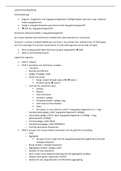College aantekeningen
lectures cultural diversity management
- Instelling
- Tilburg University (UVT)
This document entails all lectures including remarks, illustrations and examples of the course cultural diversity management. Passed the exam with a 9.1!
[Meer zien]













